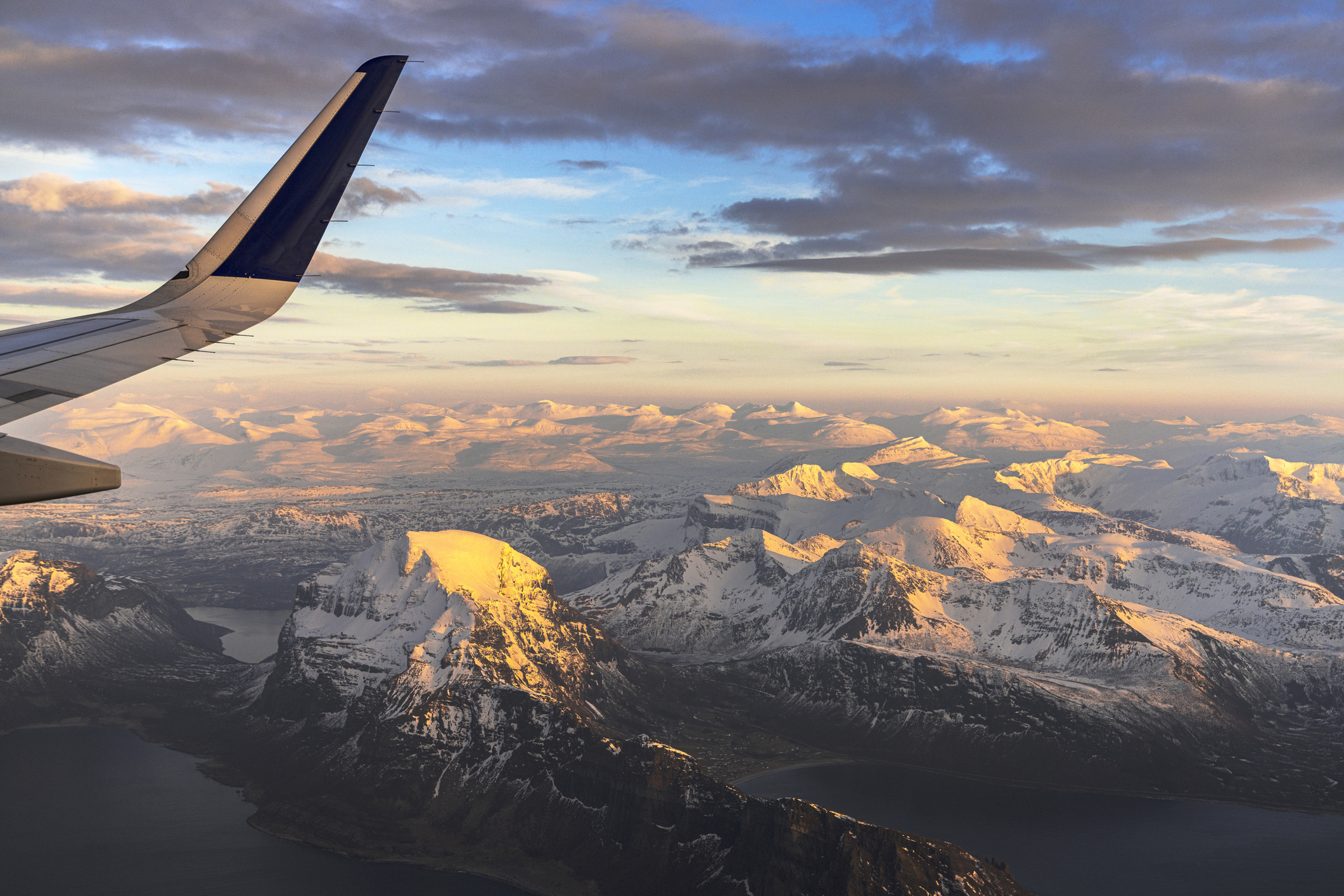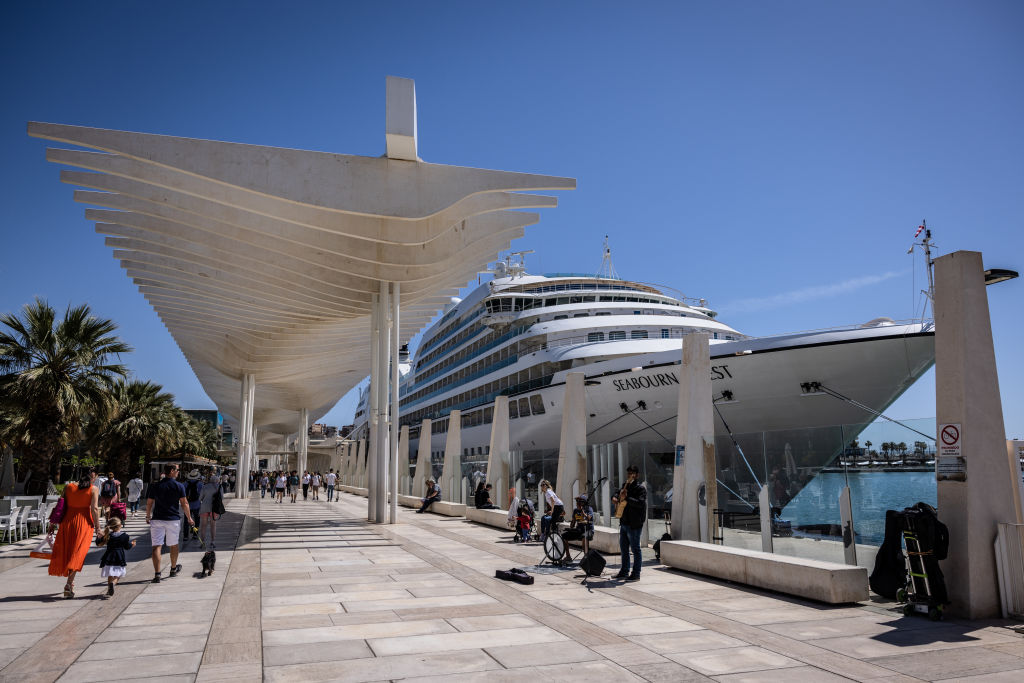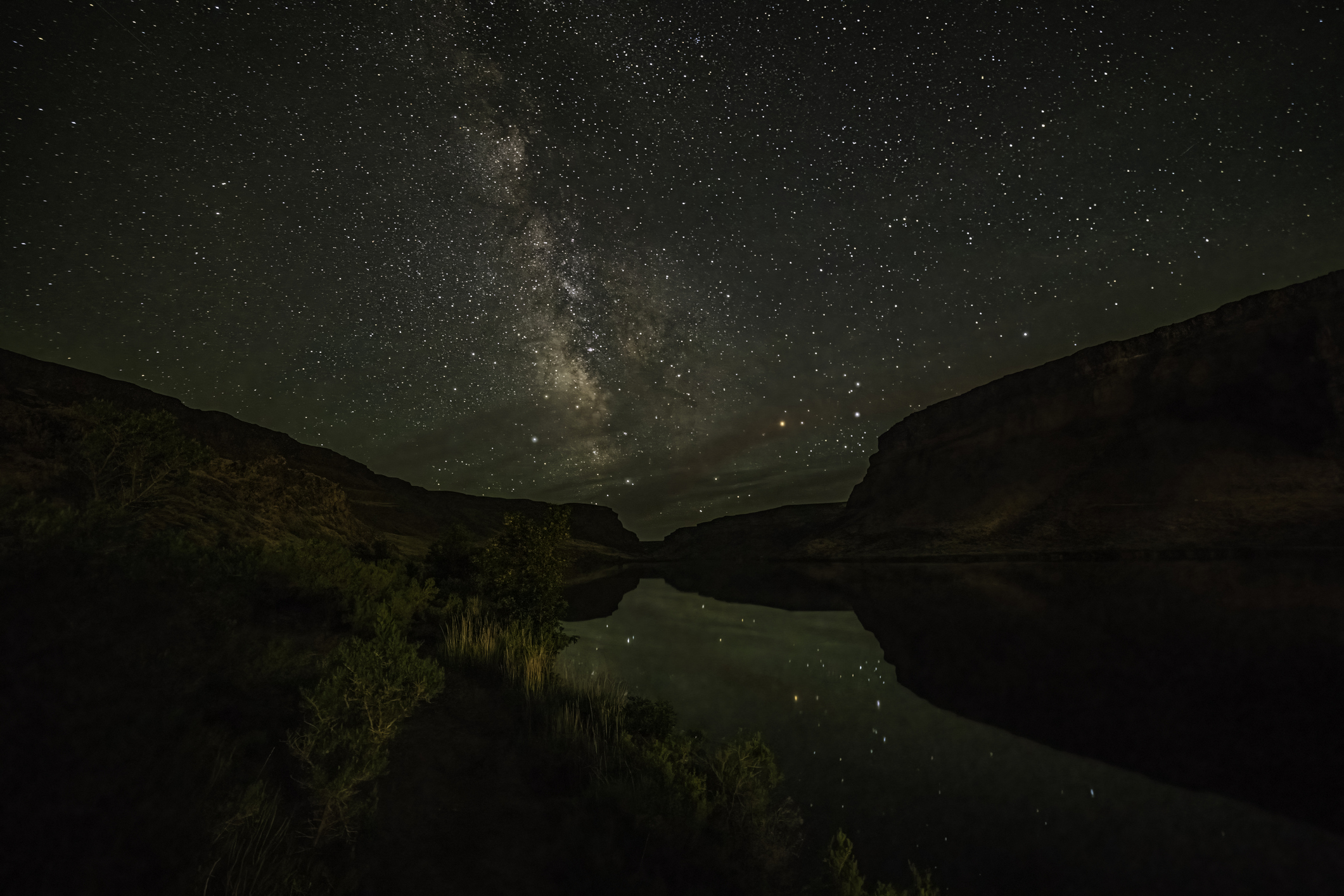Active Retirees Seek Adventure Travel
The key for adventurous older travelers is to decide what "adventure" really means to them before booking an adventure tour.

Nance Hikes loves to travel, but you won’t catch her snapping selfies in front of the Eiffel Tower. She’s drawn to more exotic destinations. In recent years, Hikes, 70, watched chimpanzees in Tanzania’s Gombe National Park, tracked polar bears in Norway’s Svalbard archipelago, and got up close and personal with penguins in the Falkland Islands. She has explored Patagonia and visited Bhutan—three times. Next stop: Namibia.
“I think my whole life has been adventure travel,” says Hikes, who followed up her first jaunt overseas—a college trip to Kenya in the 1970s—with a stint in the Peace Corps in Colombia. These days, whenever she wanders far from her Berea, Ohio, home, she’s still looking for intimate, authentic experiences—the more adventurous, the better. “I’m not somebody who likes to go on a bus trip,” she says.
Toss the big-ship Caribbean cruises and double-decker bus tours of European capitals: Baby boomers and older travelers have an appetite for something a little more spicy. Many adventure tour operators say the bulk of their customers are 55 and older, and demand from these travelers is driving them to offer ever more remote and active options. At Terra Incognita Ecotours, Hikes’s go-to tour operator, 80% of travelers are 55 to 75, says president and chief executive officer Ged Caddick. At Tauck, “the vast majority” of travelers are 55 and older, says president Jennifer Tombaugh. Those customers are looking to immerse themselves in a destination, she says, and take “the road less traveled.”
From just $107.88 $24.99 for Kiplinger Personal Finance
Become a smarter, better informed investor. Subscribe from just $107.88 $24.99, plus get up to 4 Special Issues

Sign up for Kiplinger’s Free Newsletters
Profit and prosper with the best of expert advice on investing, taxes, retirement, personal finance and more - straight to your e-mail.
Profit and prosper with the best of expert advice - straight to your e-mail.
The selling points, older travelers say, can include getting outside your comfort zone, gaining a deep understanding of a destination and bringing home some heart-pounding stories to tell your friends. But there are also challenges to consider. By definition, adventures can go off-script, and wildlife won’t always stick to tourists’ schedule. Some of these tours are physically demanding, and travelers should be comfortable with the level of exertion required. The growing popularity of adventure travel also has its downside: Far-flung destinations such as the Galapagos Islands can sometimes feel crowded, travelers say.
To find the adventure tour that fits you best, first think about what “adventure” means to you, then ask loads of questions to ensure a particular tour fits that definition—whether it’s a safari with luxury accommodation, whitewater rafting in the Pacific Northwest or a small-ship expedition to Antarctica. The size of the tour group, the level of interaction with local people and the options available to travelers with varying physical abilities may all be critical factors in your decision. Here’s how to choose your own adventure.
What Is “Adventure” Travel?
“Adventure is one of those words that has been beaten around, and it means different things to different people,” Tombaugh says. Travelers “need to define for themselves what they want.”
If the idea of adventure travel makes you a bit nervous, rest assured: It doesn’t have to be dangerous. Generally, “you’re not abseiling down a cliff face or paragliding,” Caddick says. “That’s adrenaline travel, and we’re not promoting that. I think of adventure travel more as getting out into nature and experiencing the outdoors, so it’s not inherently dangerous.”
Terra Incognita’s most popular trip is a nine-day Kenya and Rwanda tour that includes the Masai Mara nature reserve and Volcanoes National Park, where travelers trek up the Virunga volcanoes to see the mountain gorillas. The cost is $10,499 per person. (All prices exclude long-haul flights.)
At Abercrombie & Kent, one of the most popular tours is a nine-day journey to northern Finland’s Lapland region, starting at $8,395 per person. Travelers can dogsled, snowshoe and perhaps see the northern lights.
Older adventure travelers are also signing up for “expedition” cruises that use small ships to explore places that bigger ships can’t reach. On Tauck’s 13-day small-ship cruise to Antarctica, travelers can spot whales and dolphins as they cross the Drake Passage and take Zodiac excursions to the Antarctic islands. The cruise starts at $11,990 per person.
Dodge the Crowds
Many adventure travelers favor smaller groups, which can more easily sidestep overcrowded spots and form stronger connections with locals. At ROW Adventures, typical group sizes are 12 to 14 people, says international sales manager Morag Prosser. When Hikes went to the Falkland Islands with Terra Incognita Ecotours, the group size was just seven, so they stayed at small bed and breakfasts and were invited into locals’ homes, she says.
Consider the popularity of the destination, how many other tour companies are going there, local regulations that may limit the number of tourists and how a tour operator may navigate around any choke points. Antarctic landing sites, for example, are typically limited to 100 people at a time, Tombaugh says, “so we’re looking to find a destination where others haven’t landed.” At other popular destinations, she says, “we look for private after-hours experiences or try to find docking times before or after the big ships come through, so you don’t have the horde mentality.”
You can also avoid the crowds—and perhaps save a bundle—by traveling off-season. Stefanie Schmudde, vice president of product development at Abercrombie & Kent, was in the Masai Mara last November, and “there was nobody around,” she says. “That is a luxury and provided the opportunity to have a much more meaningful experience with that destination.”
Before You Go on an Adventure Tour
If you’re considering an adventure tour, be sure you understand the physical demands—including how high-altitude destinations may affect you.
Some tours have specific physical requirements. ROW Adventures, for example, offers some Baja kayaking trips that are designed for experienced kayakers. “We want to make sure people are comfortable and can keep up,” Prosser says. Other tours may sound physically daunting, but the operators welcome travelers of all physical abilities. The trek to see the mountain gorillas, for example, “can be on steep, slippery terrain,” Caddick says. “But it’s not a race, and we encourage everyone who’s interested to come and give it a try.” Travelers in their mid nineties have made the trek, he says.
Ask the tour operator about potential modifications that can make the journey as active—or inactive—as you like. Demand from older travelers seeking more active options prompted Abercrombie & Kent to add a “design your day” feature on many of its tours in 2020, Schmudde says. The new feature gives travelers several options involving various levels of physical activity. In Cape Town, for example, travelers can hike up Lion’s Head for a panoramic view over the city or enjoy a leisurely bike ride along the seafront promenade.
Talk with your doctor before you go, and check whether your health plan will cover you while you travel. If you’re not otherwise covered, consider a travel insurance policy that includes emergency medical and evacuation coverage.
No matter how much research and planning you do, expect the unexpected. That’s particularly true if you’re focused on seeing wildlife, which can be “completely unpredictable,” says Rich Zahren, 75, a seasoned adventure traveler who lives in Pittsburgh. On one recent trip to Argentina, Zahren hoped to see orcas hunting sea-lion pups—but bad weather kept the orcas away. Fortunately, his fellow travelers “handled it with humor,” he says. “Even if you’re sitting there waiting for hours and there [are] no animals, you’re still in beautiful surroundings, and it’s a wild adventure.”
Zahren, an amateur wildlife photographer, has also had his share of electrifying moments. He has photographed jaguars in Brazil’s Pantanal region and tigers in India. The most thrilling experience, he says, was a puma sighting in Chile’s Torres del Paine National Park. “I got some shots of the puma up on this rock,” he says, with the park’s iconic peaks in the background. “When you get something like that,” he says, “your heart is really pounding.”
Profit and prosper with the best of Kiplinger's advice on investing, taxes, retirement, personal finance and much more. Delivered daily. Enter your email in the box and click Sign Me Up.

-
 10 Cheapest Places to Live in Washington
10 Cheapest Places to Live in WashingtonProperty Tax Is Washington your go-to ski destination? These counties combine no income tax with the lowest property tax bills in the state.
-
 Healthy to 100: Secrets from Countries Where Retirees Age Best
Healthy to 100: Secrets from Countries Where Retirees Age BestLongevity is a team sport, according to author Ken Stern. Here's the secret sauce for living long, healthy lives from countries like Italy and Japan.
-
 My First $1 Million: Semiretired CPA, 68, San Francisco
My First $1 Million: Semiretired CPA, 68, San FranciscoEver wonder how someone who's made a million dollars or more did it? Kiplinger's My First $1 Million series uncovers the answers.
-
 9 Types of Insurance You Probably Don't Need
9 Types of Insurance You Probably Don't NeedFinancial Planning If you're paying for these types of insurance, you may be wasting your money. Here's what you need to know.
-
 Why It's Worth Booking a Winter Vacation
Why It's Worth Booking a Winter VacationTravel Smart In the early months of the year, travel demand dips — and so do prices.
-
 5 Ways to Save on a Trip to the 2026 Olympics in Italy
5 Ways to Save on a Trip to the 2026 Olympics in ItalyA guide to going to the Milan-Cortina 2026 Winter Olympics without breaking the bank.
-
 The Best (and Worst) Airlines for Flight Delays and Cancellations
The Best (and Worst) Airlines for Flight Delays and CancellationsWhich airlines should you book and which should you avoid if you want to make it to your destination on time?
-
 Four Luxury Spa Resorts for Well-Heeled Travelers
Four Luxury Spa Resorts for Well-Heeled TravelersWe hand-picked these U.S. luxury spa resorts for their serenity, amenities and dedication to the comfort of older travelers.
-
 Child-Free Cruises Perfect For Your Retirement Celebration
Child-Free Cruises Perfect For Your Retirement CelebrationHow to find a bespoke ocean or river vacation for adults. Many of these options are smaller, charming river cruises, expeditions, or niche experiences.
-
 Noctourism: The New Travel Trend For Your Next Trip
Noctourism: The New Travel Trend For Your Next Trip"Noctourism" is a new trend of building travel and vacations around events and plans that take place at night. Take a look at some inspiring noctourism ideas.
-
 My Husband and I Retired at 67 With $3.2 Million, But He's Frugal About Travel. How Can I Convince Him to Loosen Up?
My Husband and I Retired at 67 With $3.2 Million, But He's Frugal About Travel. How Can I Convince Him to Loosen Up?We asked financial planning experts for advice.